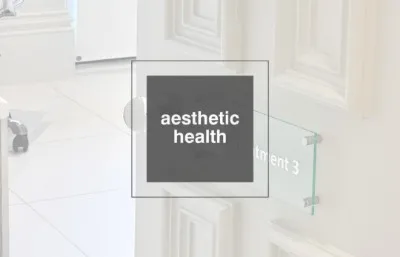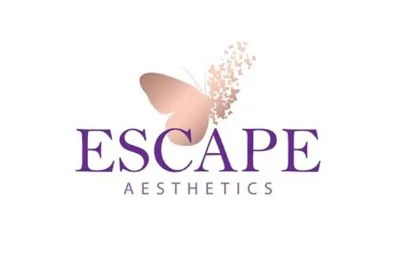Conclusion
Embarking on the journey of dermal filler treatments can be an empowering step towards achieving your aesthetic aspirations, enhancing your natural beauty, and boosting your self-confidence. Throughout this comprehensive guide, we've explored the multifaceted aspects of dermal fillers, from the initial considerations and preparation to the intricacies of the procedure, post-treatment care, and long-term maintenance. We've underscored the paramount importance of selecting the right practitioner, not only to ensure the success and safety of the treatment but also to align with your personal goals and expectations.
Understanding the financial aspects, including cost considerations and the potential for insurance coverage, is crucial in planning your treatment journey effectively. By being well-informed, you can navigate the options available to you with confidence, making choices that align with both your aesthetic goals and budgetary constraints.
Dermal fillers offer a unique opportunity to enhance your features in a subtle yet impactful way, with minimal downtime and immediate results. However, the journey doesn't end at the treatment; it continues with diligent aftercare and a commitment to maintaining the results through healthy lifestyle choices and routine follow-ups.
As with any cosmetic procedure, the decision to proceed with dermal fillers should be made thoughtfully, with a thorough understanding of the benefits, risks, and the commitment required for post-treatment care. Your journey should be as individual as you are, tailored to meet your specific needs and goals.
We hope this guide has provided you with valuable insights into dermal fillers, helping you make informed decisions and navigate your cosmetic treatment journey with confidence. Remember, the most important outcome is how you feel about yourself - feeling confident, refreshed, and true to who you are.
Should you have any further questions or require additional information on dermal fillers or other cosmetic procedures, don't hesitate to seek advice from qualified professionals. Your beauty, health, and well-being are paramount, and taking informed steps towards your aesthetic goals is a journey worth embarking on with care and confidence.







